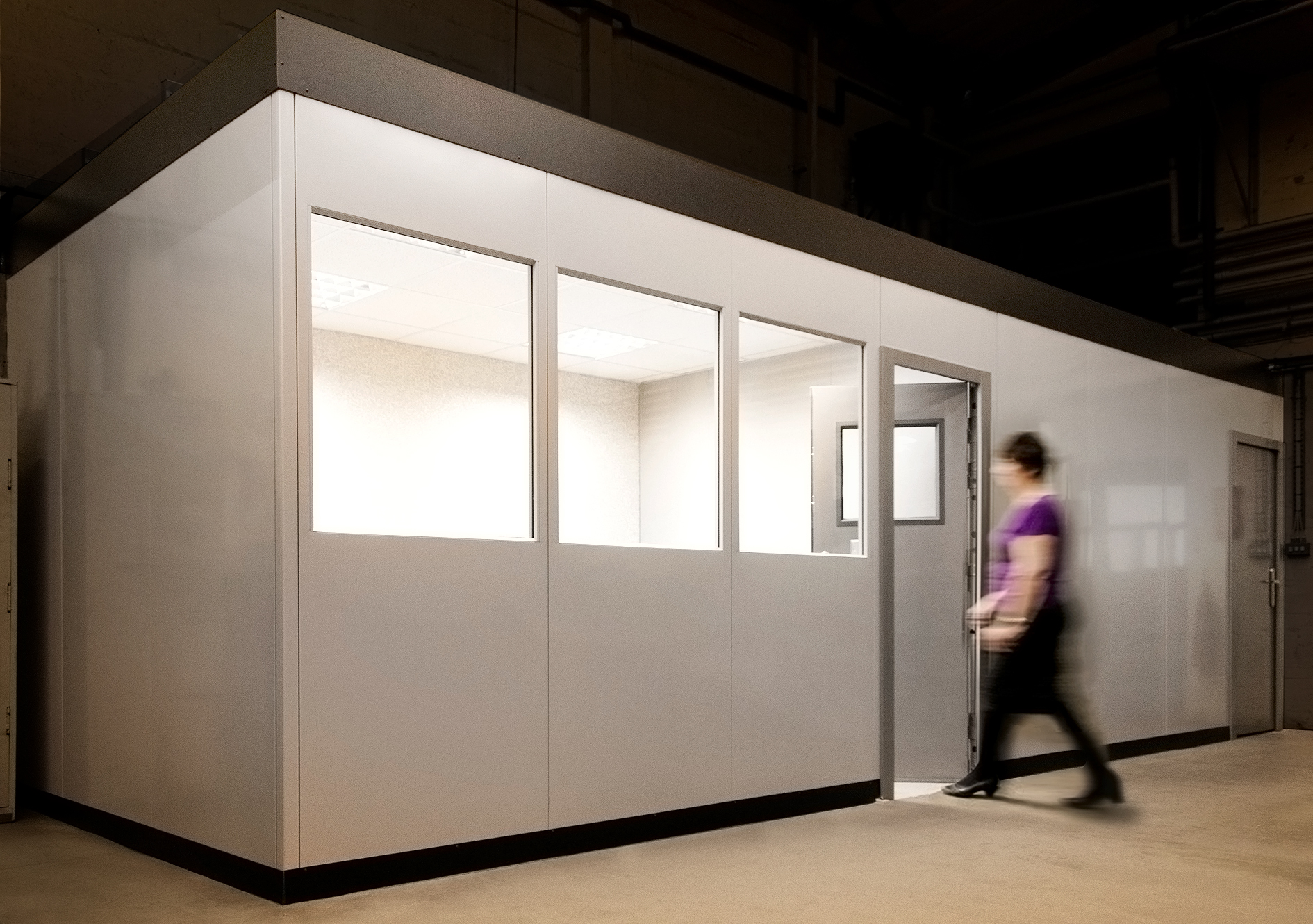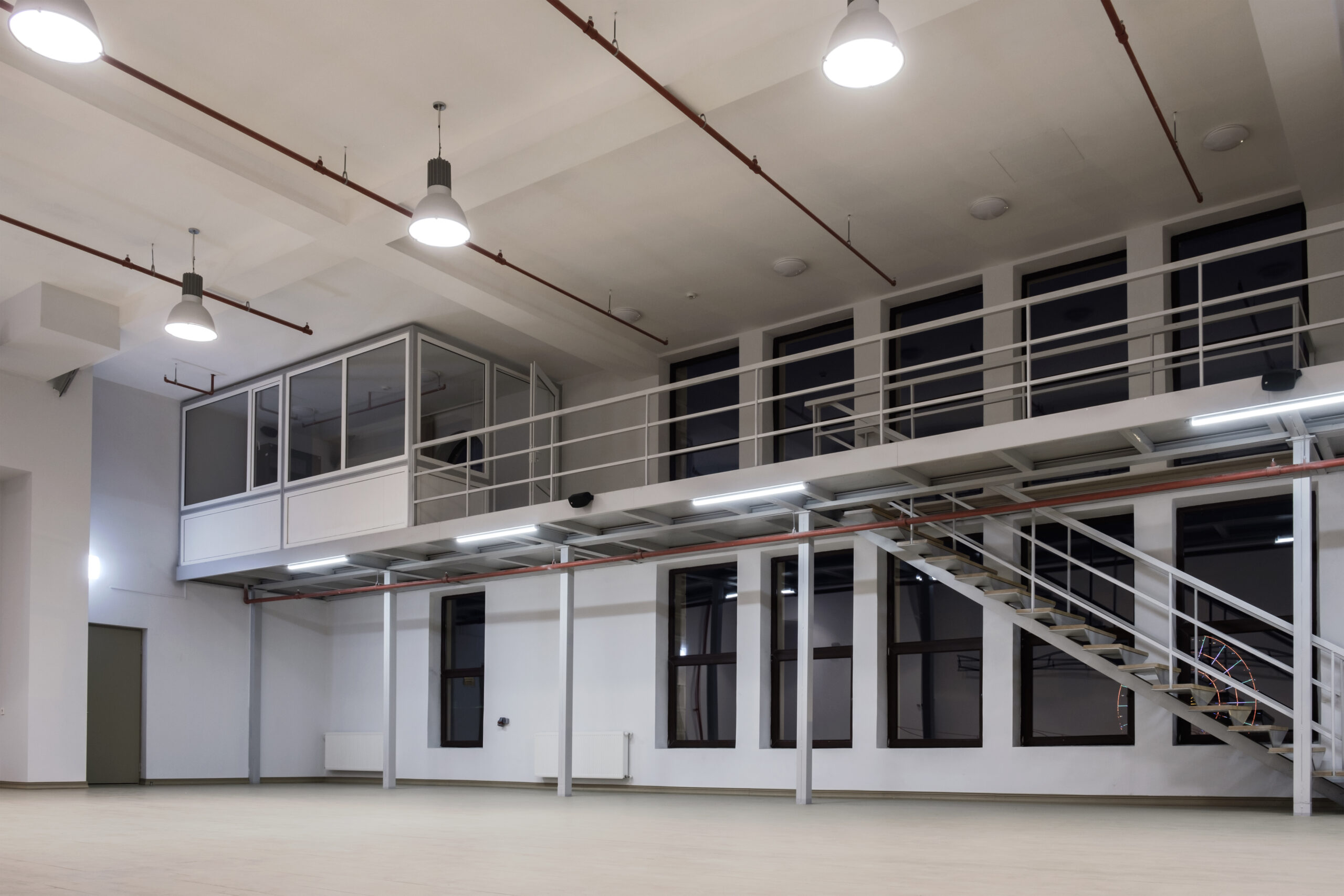Understanding the Lifespan of Warehouse Racking
Warehouse racking systems are pivotal in the efficient operation of logistics and storage facilities, serving as the backbone for inventory management and distribution operations. The lifespan of these systems is a subject of paramount importance for warehouse managers, financial planners, and safety officers alike. Determining how long warehouse racking can last involves a complex interplay of factors, including material quality, environmental conditions, usage patterns, and maintenance practices. This blog post aims to shed light on these aspects, offering insights into maximising the durability and functionality of racking systems.
The Foundations of Racking Longevity
At its core, the lifespan of warehouse racking is fundamentally linked to the initial quality of the materials and the construction integrity of the system. High-quality steel, coated with protective finishes to resist corrosion and wear, forms the basis of the most durable racking solutions. Manufacturers often provide lifespan estimates based on optimal conditions, which can range significantly, from 10 to 20 years or more. However, these estimates can only be achieved under ideal circumstances, with regular maintenance and without overloading or physical impacts that could compromise structural integrity.

The Impact of Environmental Conditions
Environmental conditions play a critical role in the longevity of warehouse racking. Exposure to extreme temperatures, humidity, and corrosive substances can accelerate wear and reduce the effective lifespan of racking systems. For instance, warehouses located in coastal areas may find that salty air contributes to corrosion, necessitating more frequent replacements or repairs. Similarly, facilities that handle chemicals or other corrosive materials must ensure that racking is appropriately protected or made from resistant materials to avoid degradation.
Usage Patterns and Their Effects
How warehouse racking is used can significantly impact its lifespan. Systems that are regularly overloaded or subjected to impact from forklifts and other machinery are at a higher risk of structural failure. It’s crucial for warehouse operators to adhere to the manufacturer’s load specifications and implement strict operational guidelines to prevent damage. Training staff on the proper use of equipment and the importance of avoiding collisions can help mitigate these risks.
The Crucial Role of Regular Maintenance and Inspections
Ongoing maintenance and inspections are perhaps the most critical factors in extending the life of warehouse racking. Regular checks can identify potential issues before they escalate into major problems, allowing for timely repairs or adjustments. Inspections should cover all components of the racking system, including uprights, beams, braces, and connectors, looking for signs of wear, damage, or misalignment. Facilities should develop a comprehensive maintenance schedule based on the manufacturer’s recommendations and industry best practices, adjusting for the specific demands of their operations.
Adapting to Technological and Operational Changes
As warehouse operations evolve, with changes in inventory types, volumes, and handling technologies, racking systems may need to be reconfigured or upgraded. The ability to adapt to these changes without compromising safety or efficiency is essential for maintaining the longevity of the system. Modular racking designs that allow for easy reconfiguration can offer significant advantages in this regard, providing flexibility to meet changing operational needs while extending the overall lifespan of the investment.

Strategies for Effective Lifecycle Management
Lifecycle management of warehouse racking involves a strategic approach to installation, usage, maintenance, and eventual replacement. Key to this strategy is the implementation of a rigorous inspection regime. Beyond the initial quality and installation, regular, detailed inspections are critical. These inspections should be more than cursory glances; they need to involve a thorough check of all components for signs of damage, wear, or failure. When issues are identified, prompt action is essential to repair or replace faulty components, thereby preventing minor problems from escalating into major system failures.
Selecting the Right Racking System
The choice of racking system plays a pivotal role in its potential lifespan. Selecting a racking solution that is suited not just to the current, but also future operational needs of a warehouse, is crucial. This foresight involves considering the types of goods stored, the turnover rate, and the handling equipment used. For instance, adjustable pallet racking, designed for versatility, may offer a longer functional lifespan in environments where inventory types and storage needs frequently change. Conversely, specialised racking systems, while perfect for their intended use, may need replacing if operational requirements evolve.
Technological Advancements and Racking Longevity
Technological advancements have a dual role in the lifespan of warehouse racking. On one hand, innovations in materials and design have led to racking systems that are more robust, adaptable, and resistant to environmental stresses. On the other hand, the rapid pace of change in warehouse technology, including automation and inventory management systems, may necessitate earlier racking system upgrades to integrate with new technologies effectively. Staying informed about these advancements allows warehouse operators to make proactive decisions about when to invest in new racking systems to enhance operational efficiency and safety.
Environmental Considerations
Environmental sustainability is increasingly becoming a priority in warehouse operations, influencing decisions about racking systems. The choice of materials, the energy footprint of manufacturing processes, and the recyclability of components at the end of their life are all considerations that impact the selection of racking systems. Additionally, the operational environment—such as the use of renewable energy sources and the implementation of energy-efficient lighting and climate control systems—can extend the life of racking by minimising exposure to conditions that might accelerate wear and degradation.
Contact PD Industrial To Find Out More
The lifespan of warehouse racking is influenced by a complex interplay of factors, including the initial choice of system, the operational environment, usage patterns, and maintenance practices. Effective lifecycle management, underpinned by regular inspections and timely repairs, is crucial for maximising the functional life of racking systems. As warehouse operations continue to evolve, driven by technological advancements and a growing emphasis on environmental sustainability, the approach to managing racking systems must also adapt. By making informed choices and implementing strategic lifecycle management practices, warehouse operators can ensure their racking systems provide safe, efficient, and long-lasting storage solutions. This proactive approach not only enhances operational efficiency but also contributes to a safer working environment, ultimately delivering significant long-term value to warehouse operations. Get in touch with the team at PD Industrial for more information about our racking repair services.



